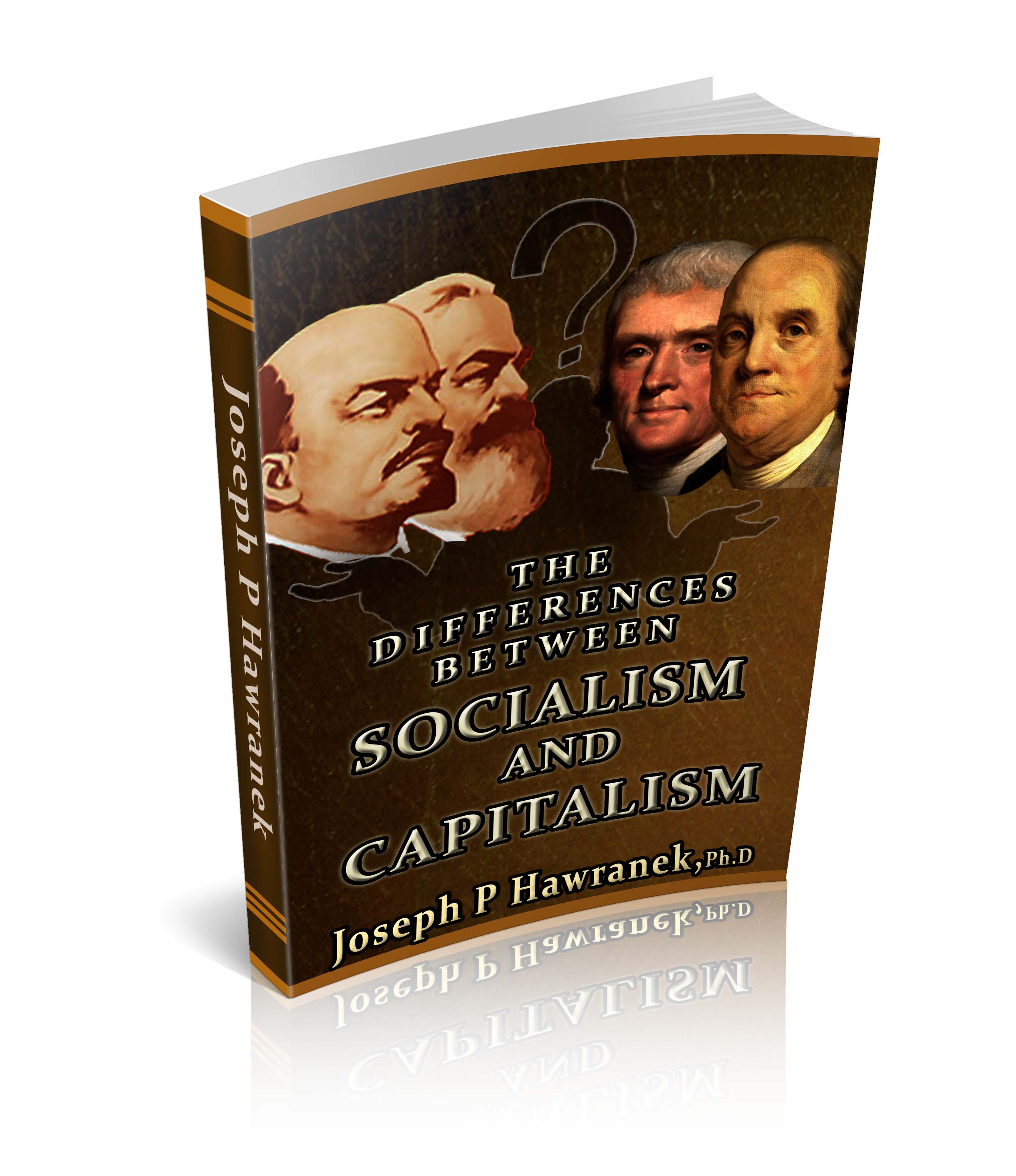About Author
Description
The critical question for all economics is – How does one organize society so that it maximizes the benefit of society and the individual? That question has led to multiple forms of proposed practices for national economies. Two of those forms of government are studied here. First, we have capitalism that was used in the founding of this nation and second, we have socialism that has crept in over the last hundred ears.
Both are examined. The socialist is centrist and believes that the state has the right to make laws that enables the state to control the individual and provide equal sharing among the citizens. The capitalist is libertarian and decentralized. The individual can own property and live his life as he pleases as long as he does no harm to others.
The United States adheres to Aristotle’s philosophy of government. It assumes that the individual has freedom and reason and that all power that resides in the state comes from the people. The state is allowed a limited amount of control over the citizen in return for providing national and personal safety.
This nation was founded as a Libertarian society that enables and supported the principles of capitalism. The socialists on the other hand, believe that the Constitution is a fluid document. They decided to call it fluid when they ran into constitutional constraints. Socialists believe that the government is all-powerful over the individual. The state is supreme over an individual’s rights. This is the exact opposite of what the founders of this nation thought and built upon.
The Libertarian ethic is hardwired into the American character. Let us see why. Read more.....
$22.50 Now $14.95
ABSTRACT
The critical question for all economics is – How does one organize society so that it maximizes the benefit of society and the individual? That question has led to multiple forms of proposed practices for national economies. Two of those forms of government are capitalism and socialism. Capitalism was used in the founding of this nation and second, socialism is based on the theory of Karl Marx who published Das Capital in 1867. The period between 1850 and 1910 was very rough on workers. There were not benefits and owners took advantage of labor.
Capitalism requires private ownership by the individual. As such, the individual makes all decisions related to the factors of production, which would include plant, equipment and people. The individual, as owner, makes all decisions related to what equipment to buy, how to use it, how often it is used and what price to place on the finished goods.
In contrast, socialism has the state providing all the ownership. As such, the state makes all decisions related to the factors of production, which would include plant, equipment and people. The state itself is the owner so they must make all the decisions with respect to production and pricing.
This book studies both systems. A Taxonomy will be used that consists of classifying the systems by (1) the means of production, (2) capital formation, (3) political motivation, (4) the differences of the power required to control factors of production, (5) wasteful effects of socializing (state ownership) the means of production.
 Raven Report Wisdom is the ability to think and act using knowledge, experience, understanding, common sense and insight
Raven Report Wisdom is the ability to think and act using knowledge, experience, understanding, common sense and insight
